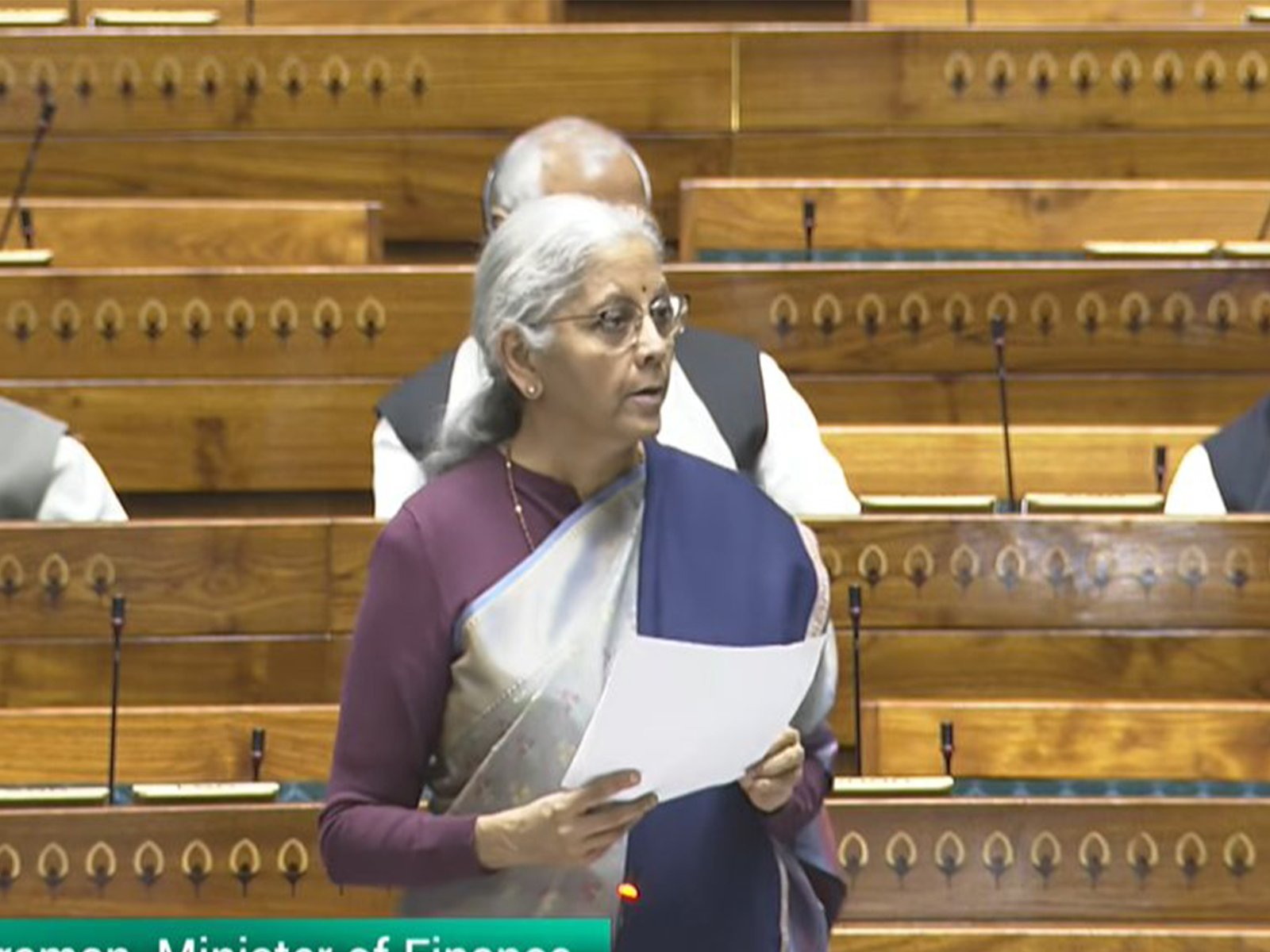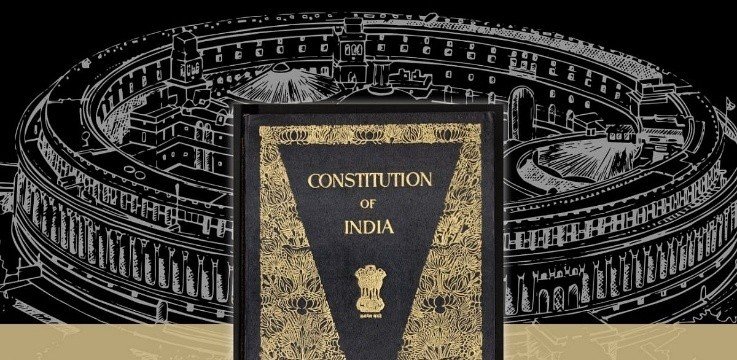Context
- Recent government steps like the “Adopt a Heritage” scheme and proposals to rationalise the number of ASI-protected monuments have revived debate on whether India’s heritage should be managed through Public-Private Partnerships (PPP).
- Supporters see this as a way to bring resources and efficiency, while critics warn that real estate and tourism interests could overshadow conservation and cultural values, making this not merely an administrative issue, but one that touches the nation’s historical imagination and identity.
What is ASI?
The Archaeological Survey of India (ASI), established in 1861 by Alexander Cunningham, was designed to document, conserve, and protect India’s architectural and archaeological heritage.
- Empowered under the Ancient Monuments Preservation Act (1904) and later the Ancient Monuments and Archaeological Sites and Remains Act (1958).
- Custodian of 3,600+ protected monuments across India.
- Once revered under Lord Curzon’s leadership, ASI’s stature has declined in recent decades as tourism and real estate interests have begun to dominate cultural policy.
Relevance of ASI
- Cultural Custodian: ASI safeguards India’s tangible heritage — temples, mosques, forts, caves, inscriptions — which embody the civilisational continuity of the subcontinent.
- Nation-Building Role: By preserving monuments that reflect India’s composite culture, ASI nurtures historical awareness, strengthens national pride, and enhances India’s soft power
- Economic Value: Heritage tourism contributes significantly to India’s GDP and employment. Monuments such as the Taj Mahal, Qutub Minar, Konark Temple, and Elephanta Caves attract millions of domestic and international tourists annually. This cultural capital boosts the hospitality sector, handicraft markets, and local livelihoods — making ASI’s conservation role economically vital.
- Urban Identity: In rapidly modernising cities, monuments and heritage sites offer cultural depth and identity, preventing urban spaces from turning into characterless concrete clusters. They serve as focal points for civic pride and public spaces, reminding citizens of historical continuity amidst urban change.
How ASI Protects Culture & Monuments?
- Conservation and Restoration: Carries out structural repair, chemical preservation, and environmental maintenance.
- Documentation: Prepares detailed surveys, maps, and excavation records for research and reference.
- Legal Protection: Declares and safeguards monuments as “protected” under national law.
- Community Engagement: Conducts heritage walks, local collaborations, and museum exhibitions to build public connection with heritage.
Should ASI Be Privatised?
- Arguments for Privatisation:
- Resource Mobilisation: Private investment reduces fiscal burden on the government.
- Technology & Innovation: Use of Augmented Reality (AR), Virtual Reality (VR), smart ticketing, and global heritage management practices.
- Tourism Infrastructure: Improved visitor amenities, signage, and digital guides.
- Local Development: Successful models like Elephanta Caves linked tourism to local livelihoods.
- Global Competitiveness: Aligns India’s heritage management with international standards.
- Concerns & Risks:
- Commercialisation: Heritage reduced to profit-driven entertainment.
- Cultural Insensitivity: Private players may lack expertise in conservation ethics.
- Equity Issues: Risk of exclusion of local communities or high entry costs.
- Accountability Deficit: Lack of clear MoUs led to failures in past PPPs (e.g., Elephanta).
- Erosion of ASI’s Authority: Undermines institutional expertise and morale.
Global Experiences
| Country | Model | Outcome |
| Italy | PPP for Colosseum | Improved facilities, but sparked ticketing controversies. |
| UK | National Trust + PPP | Balanced conservation and public access. |
| Cambodia | Angkor Wat PPP | Boosted revenue but excluded locals. |
| India | Elephanta Caves | Holistic restoration but unsustainable due to weak agreements. |
The Role of Conservation Architects
- The 1964 Venice Charter and the rise of UNESCO World Heritage Sites created a new profession — the conservation architect, combining technical expertise with cultural sensitivity.
- India’s first, Nalini Thakur (1982), pioneered this field with the Mehrauli Archaeological Park Today, integrating these experts within ASI and PPP frameworks is essential to ensure scientific, sustainable conservation.
Challenges and Way Forward
| Challenges | Way Forward |
| 1. Erosion of Historical Sensitivity: Policymakers increasingly view monuments as obstacles to real estate or spectacle. | Cultural Education: Reinforce the idea that monuments are living symbols of history, not commercial assets. |
| 2. Bureaucratic Inertia and Lack of Pride in ASI: Hierarchical culture limits initiative and morale. | Institutional Reforms: Empower junior staff, encourage accountability, and instill pride in ASI’s mission. |
| 3. Shortage of Skilled Conservation Architects: Only ~500 trained experts; many underutilised. | Capacity Building: Integrate conservation architects into ASI projects and PPP frameworks. |
| 4. Weak Coordination: Poor synergy between ASI, INTACH, DUAC, and corporate partners. | Structured PPP Framework: Draft transparent MoUs defining conservation-first objectives. |
| 5. Limited Public Access to Archives & Research: Knowledge remains locked in offices. | Transparency & Outreach: Digitise ASI archives, expand heritage walks, and promote citizen engagement. |
| 6. Risk of Heritage being Subsumed by Tourism & Real Estate Agendas. | Balanced Policy: Ensure tourism promotion complements, not replaces, conservation priorities. |
| 7. Political and Local Resistance: Local vested interests often derail PPP projects. | Community-Centric Approach: Involve local stakeholders in decision-making and revenue-sharing. |
Conclusion
The debate on ASI’s privatisation is not a contest between government and private enterprise, but between memory and amnesia. India’s monuments are not relics of the past, but living anchors of identity. A carefully structured PPP model, rooted in conservation ethics, transparency, and community involvement, can supplement, not supplant, the ASI. The path forward lies in revitalising ASI’s institutional strength while embracing partnerships that serve heritage, not profit.
| Ensure IAS Mains Question Q. “The Archaeological Survey of India must be revitalised, not replaced.” Critically examine this statement in the context of increasing privatisation and Public-Private Partnership (PPP) models in heritage conservation. (250 words) |
| Ensure IAS Prelims Question Q. With reference to the Archaeological Survey of India (ASI), consider the following statements: 1. It works under the Ministry of Culture. 2. It is responsible for the conservation and protection of ancient monuments and archaeological sites. Which of the statements given above is/are correct? a) 1 only b) 2 only c) Both 1 and 2 d) Neither 1 nor 2 Answer: c) Both 1 and 2 Explanation: Statement 1 is correct: The Archaeological Survey of India (ASI) functions under the Ministry of Culture, Government of India. It acts as the primary governmental body for archaeological research and cultural heritage management across the country. Statement 2 is correct: Under the Ancient Monuments and Archaeological Sites and Remains Act, 1958, the ASI is entrusted with the survey, excavation, conservation, and protection of ancient monuments, archaeological sites, and national heritage assets. |
| Also Read | |
| UPSC Foundation Course | UPSC Daily Current Affairs |
| UPSC Monthly Magazine | CSAT Foundation Course |
| Free MCQs for UPSC Prelims | UPSC Test Series |
| ENSURE IAS NOTES | Our Booklist |





